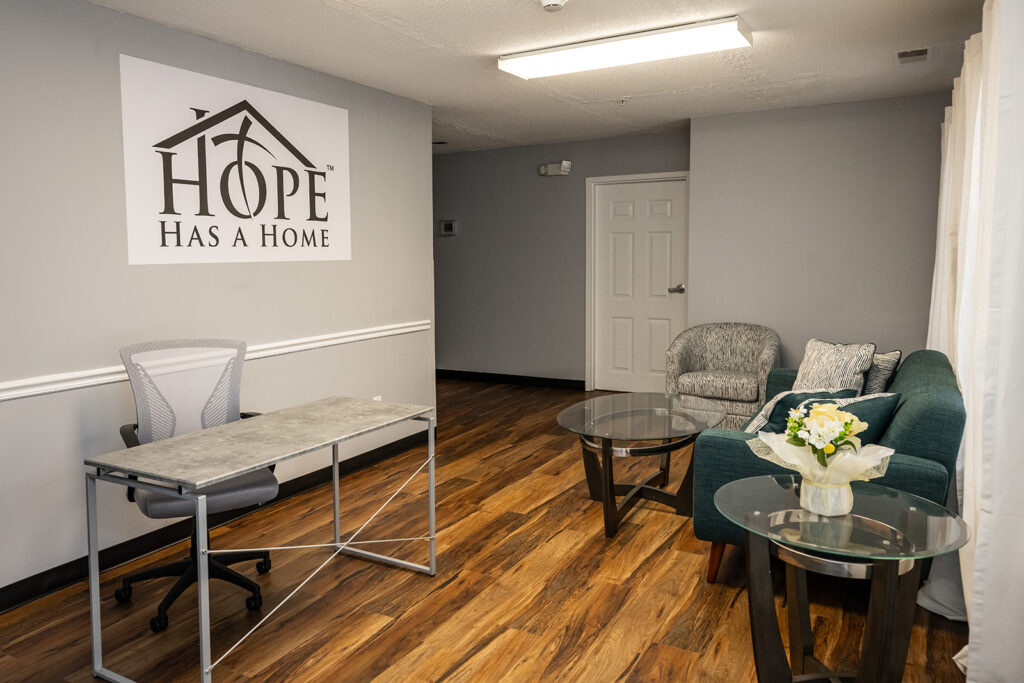The redesign of 801 East Men’s Shelter is currently on schedule to be completed by Summer 2021, according to Keith Anderson, the director of the D.C. Department of General Services. Construction was originally set for April 23, but was pushed back due to a wait for potential contractors. In July 2019, the design-build contract was awarded to Blue-Skye Construction and Coakley Williams Constructions. The project is in the design phase and excavation, the first construction activity, is anticipated to begin in Winter of 2020, according to Anderson
Located on the site of St. Elizabeth’s Hospital in Southeast D.C., 801 East Shelter provides a “low-barrier” program that includes 380 beds every night for anyone who identifies as a male, 18 years and older, from 5 p.m. to 9 a.m. In preparation for the new site, the Department of Health hosted multiple town halls at 801 East to discuss healthy living in the shelter and to address issues with a main focus on lice, bed bugs, and scabies. During these meetings, shelter residents shared their experiences and feedback.
At an Advisory Neighborhood Commission meeting, shelter residents expressed displeasure with the District’s proposed new shelter facility. One ward 8 resident questioned the legitimacy of a new shelter, saying the Malcolm X Opportunity Center, another District-run facility on the opposite side of the St. Elizabeths campus, had been overlooked and poorly maintained. “We are not equally aware of what our rights are, where the opportunities are, where all these people are getting money in our community to facilitate shelters,” she said.
The new shelter is envisioned as a 375-bed facility that will offer five discrete programs divided between floors: working/employment, seniors/medically frail/medical respite, Health Clinic, Low Barrier, and a Daytime Service Center. According to the DGS project overview, the dorms in the shelter will be arranged as modular pods based on the specific needs of the designated population. Each pod will contain clusters of beds,as well as access to nearby shared lounges and toilets/shower facilities.
“We’ll have more capacity than the current shelter, but fewer people per floor and fewer people per dorm,’ said D.C. Interagency Council on Homelessness Director Kristy Greenwalt.
“Hopefully that will feel more controlled: people will have more privacy and more space for their belongings.” she added.








